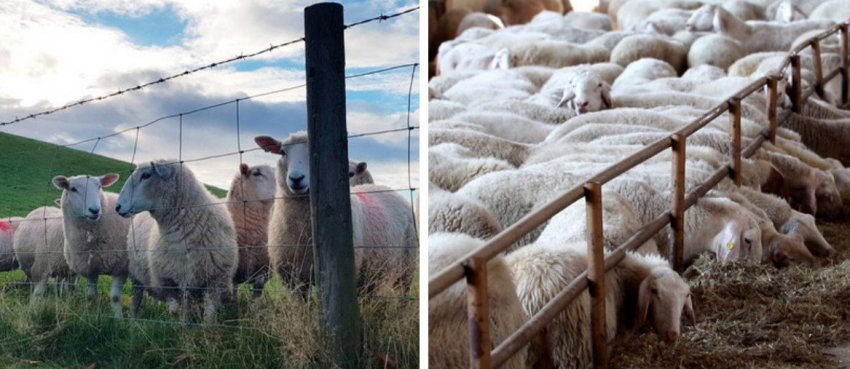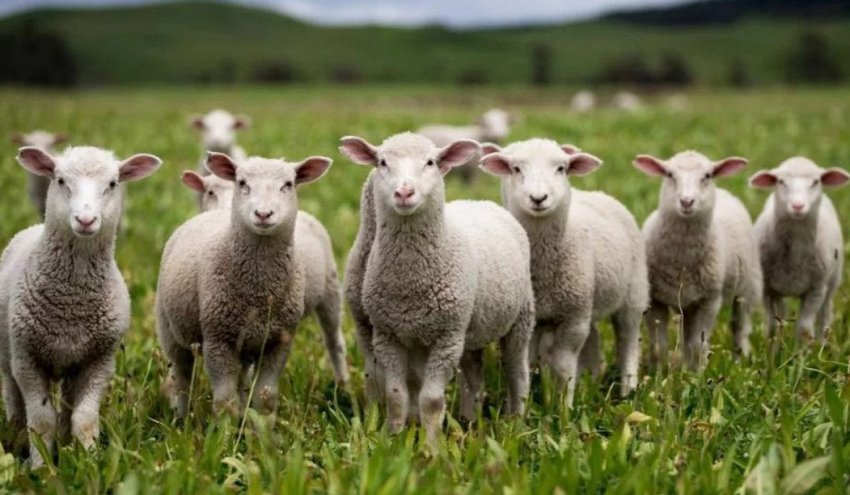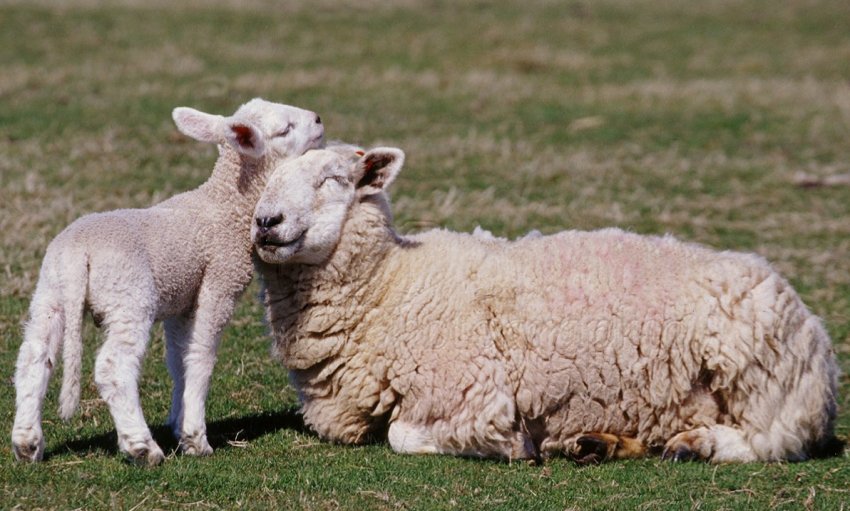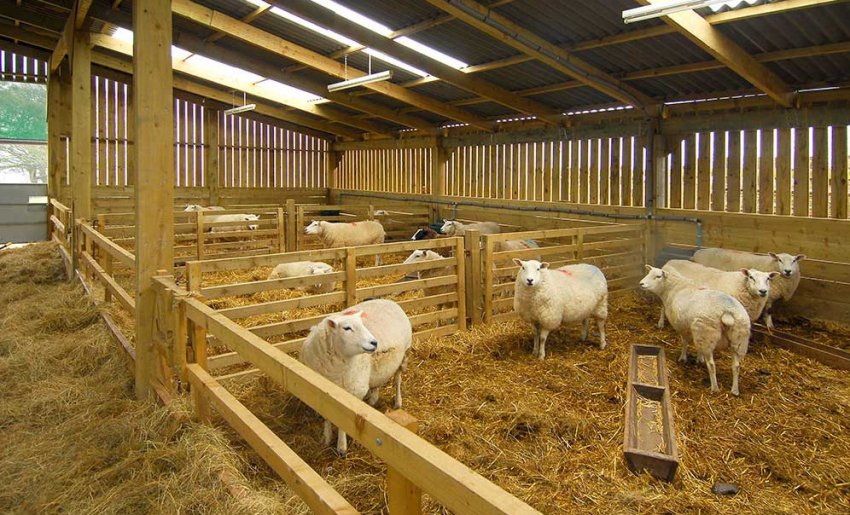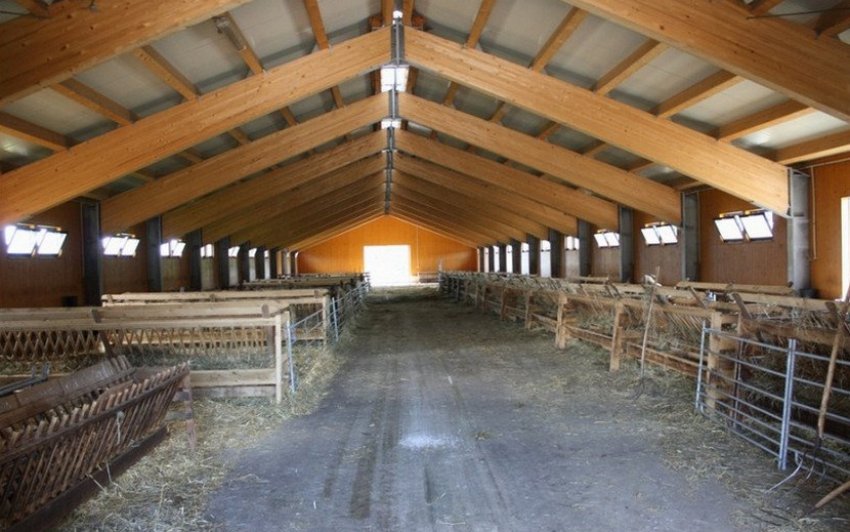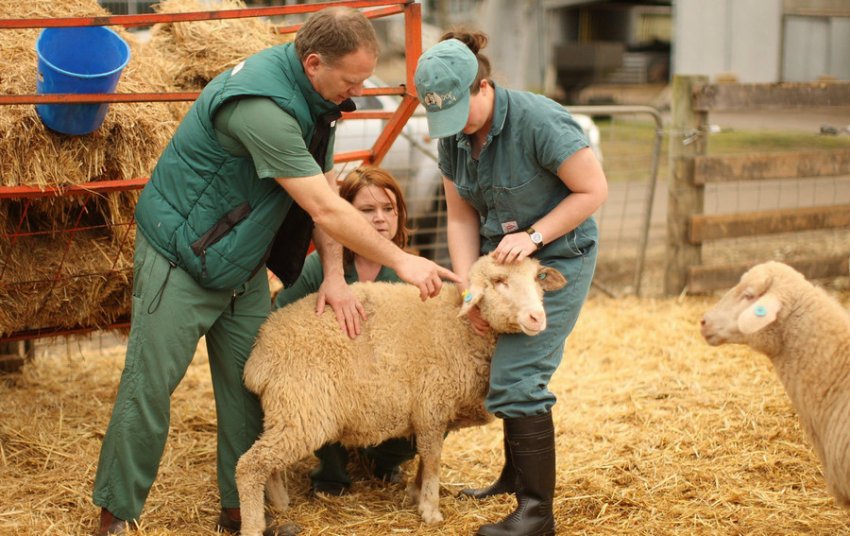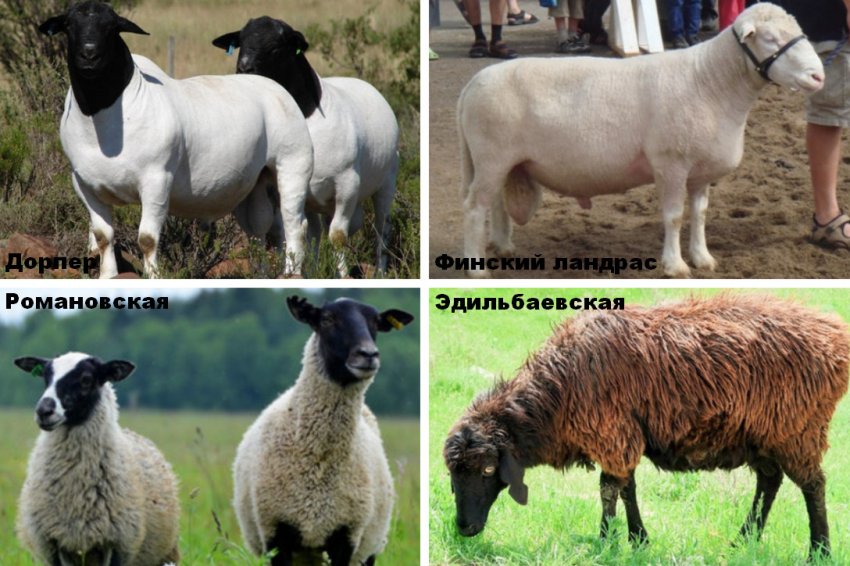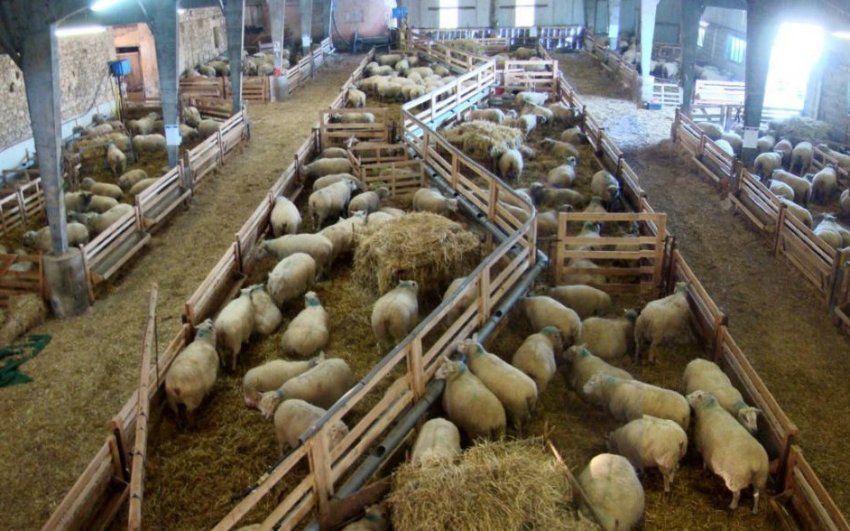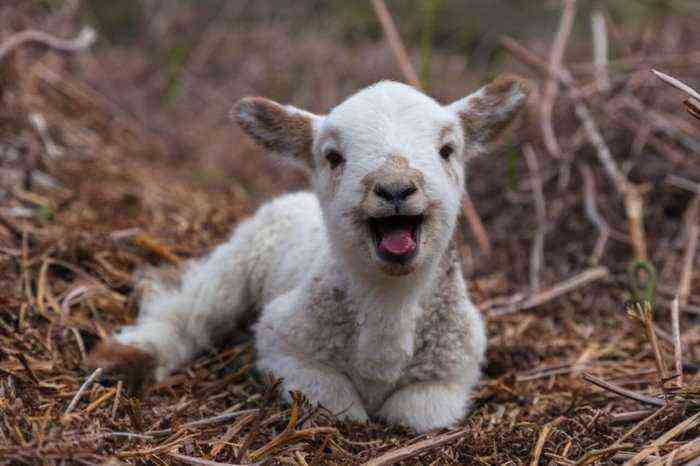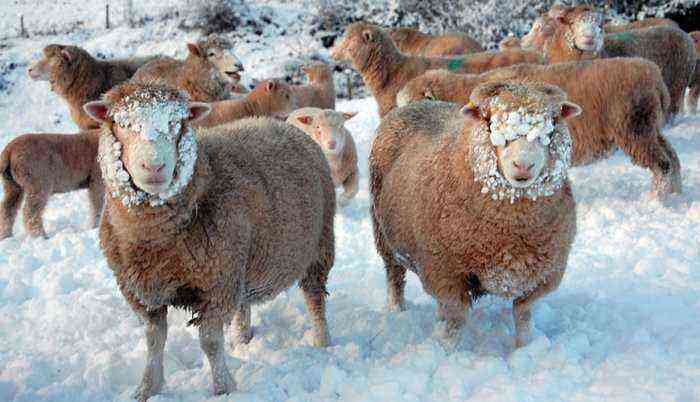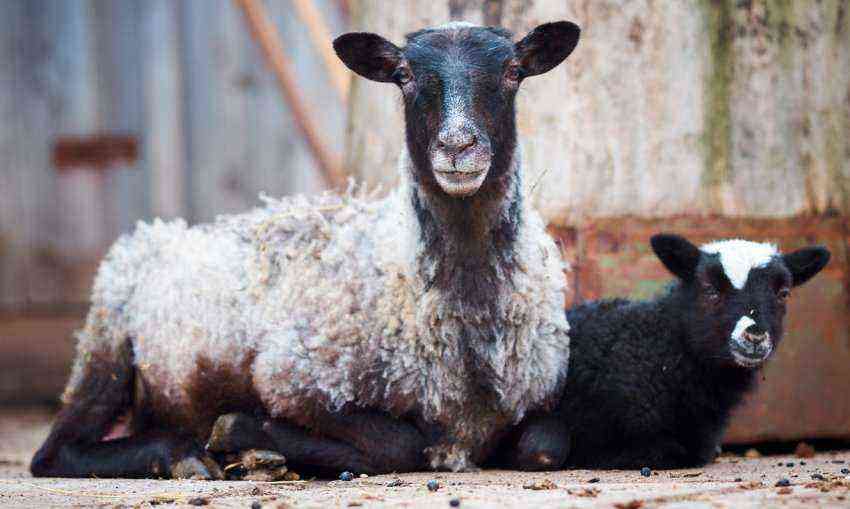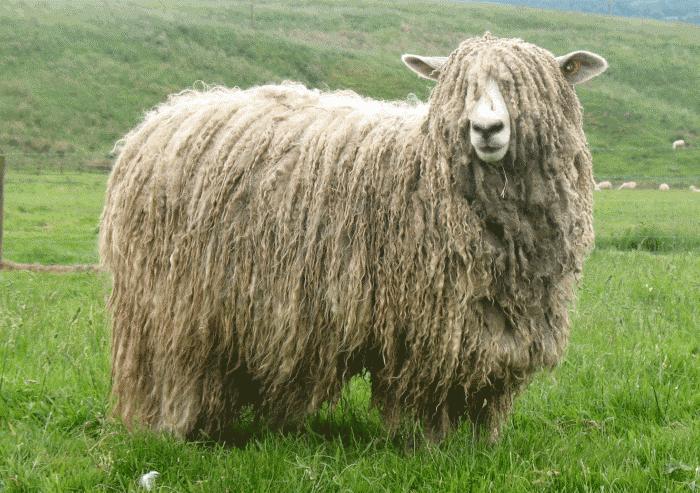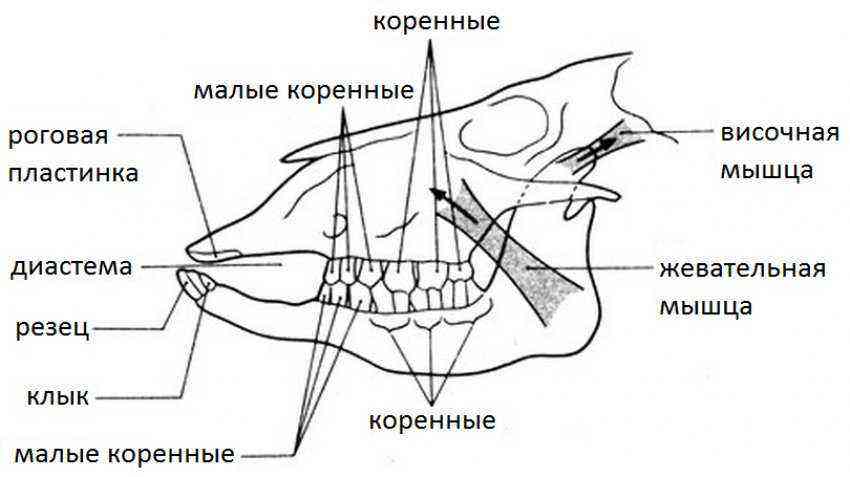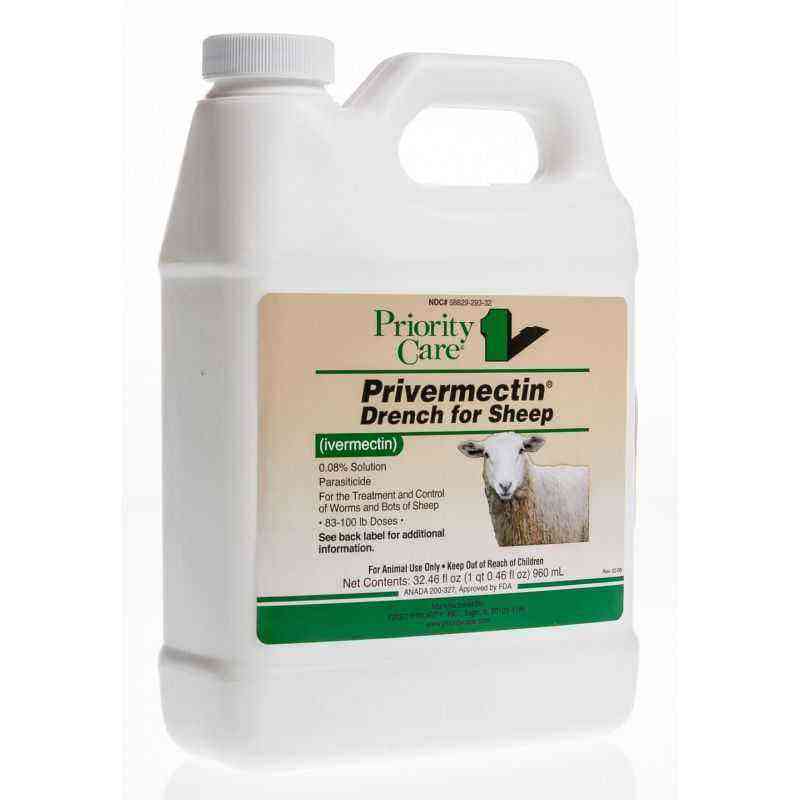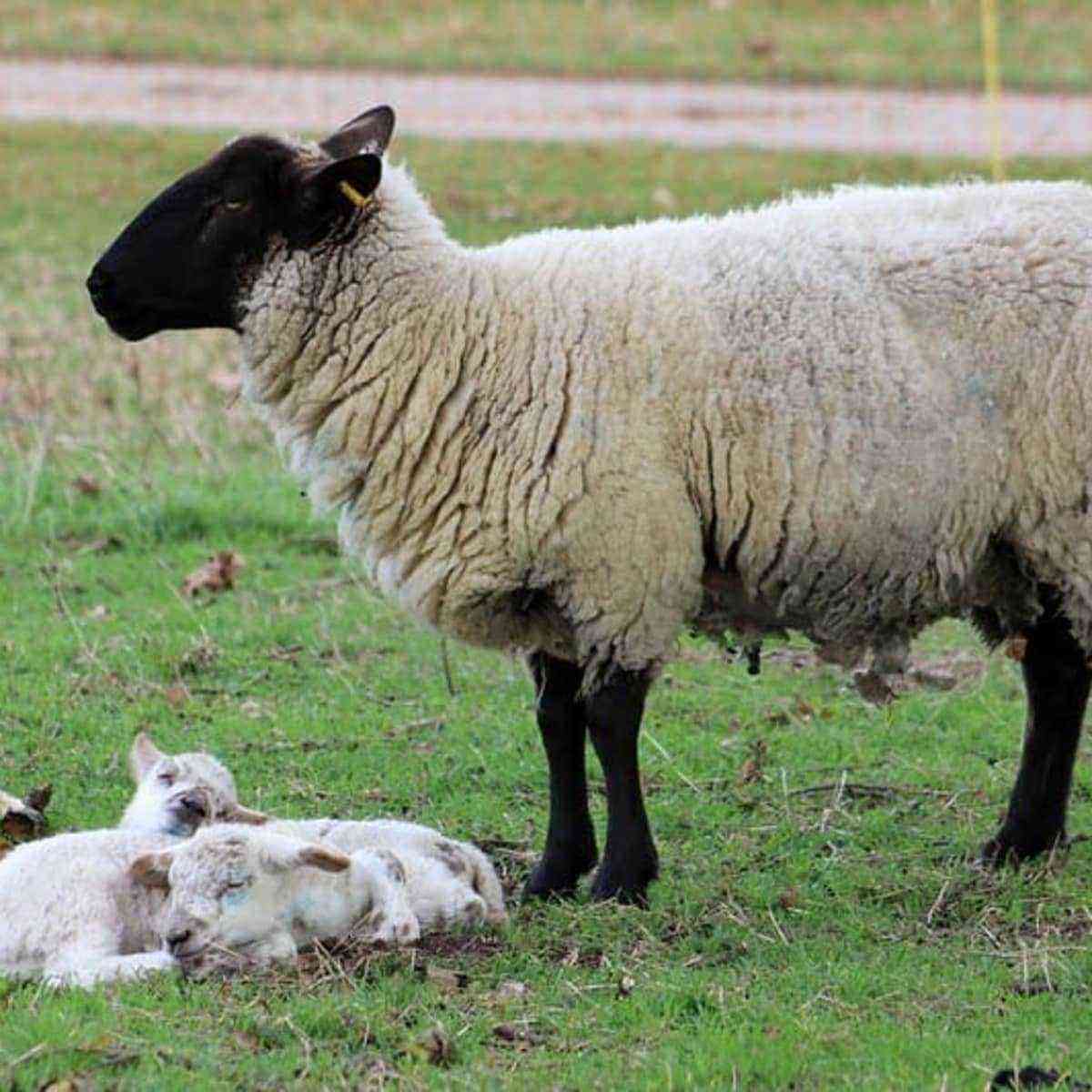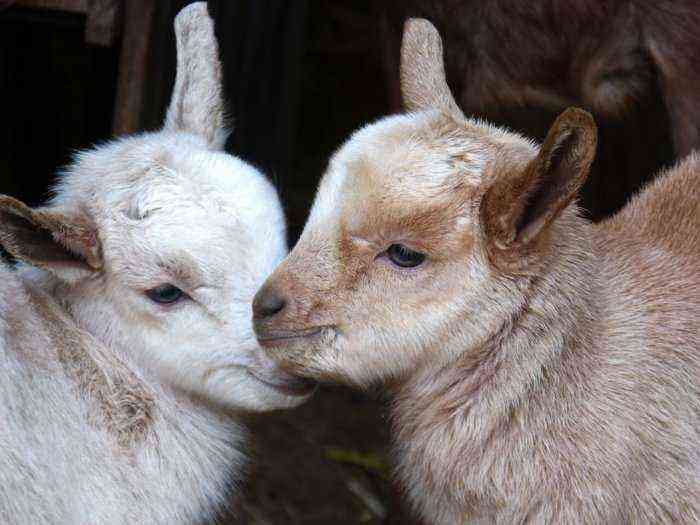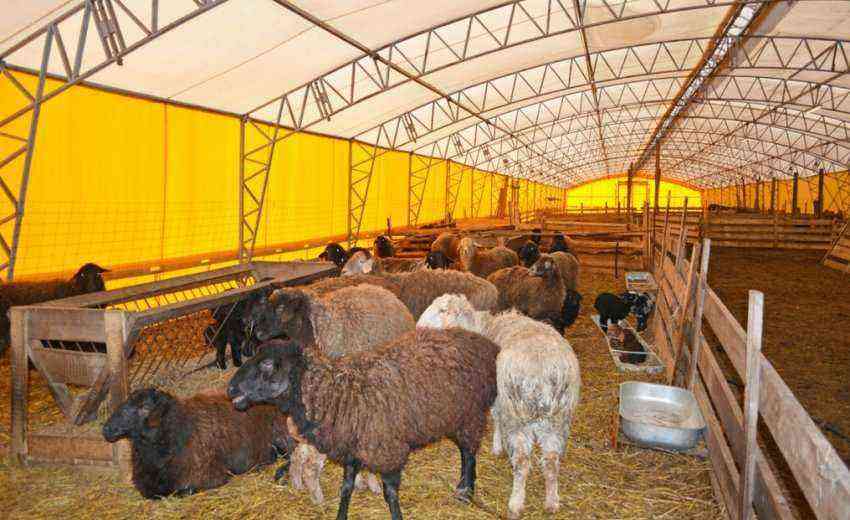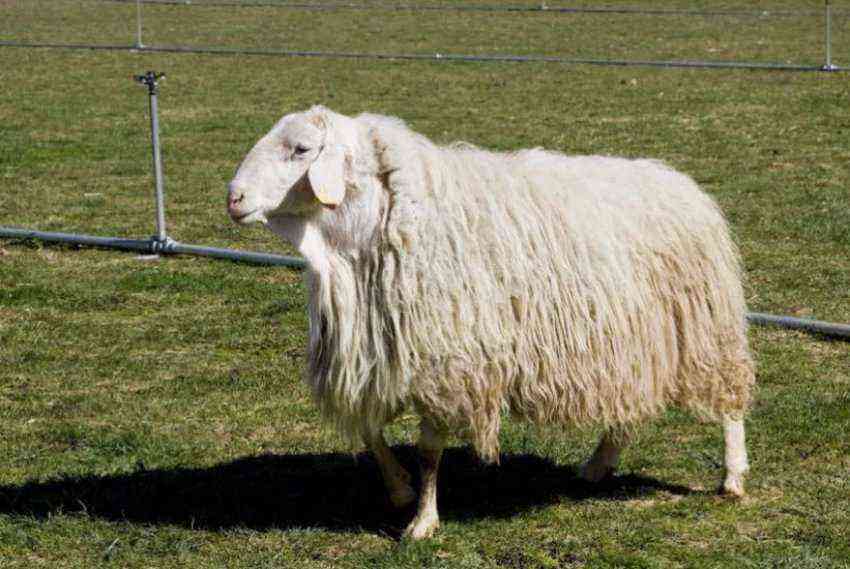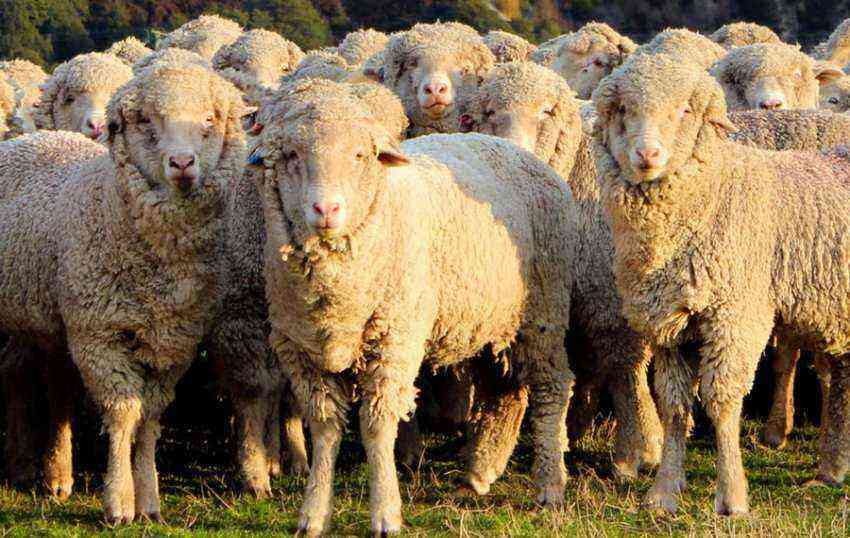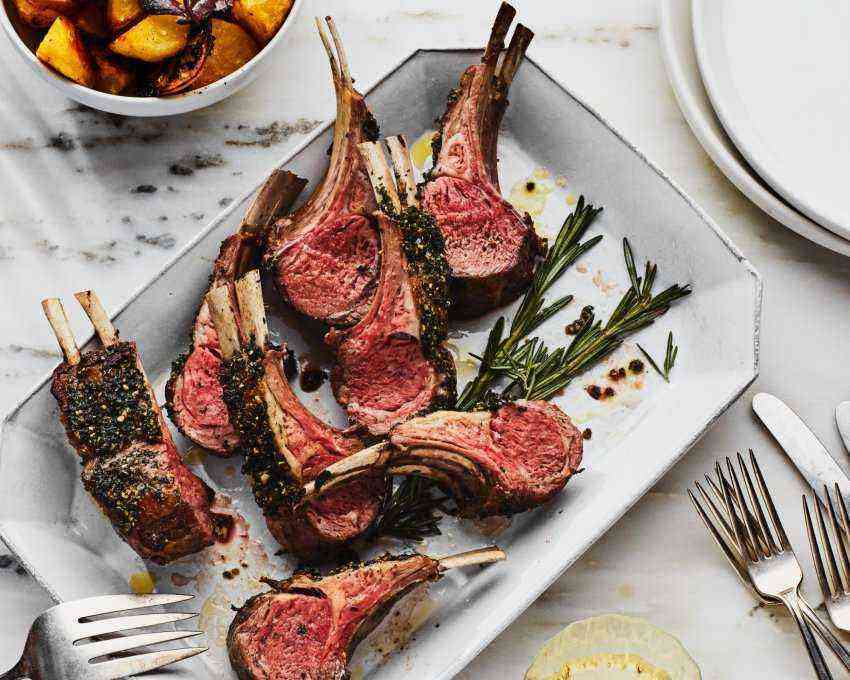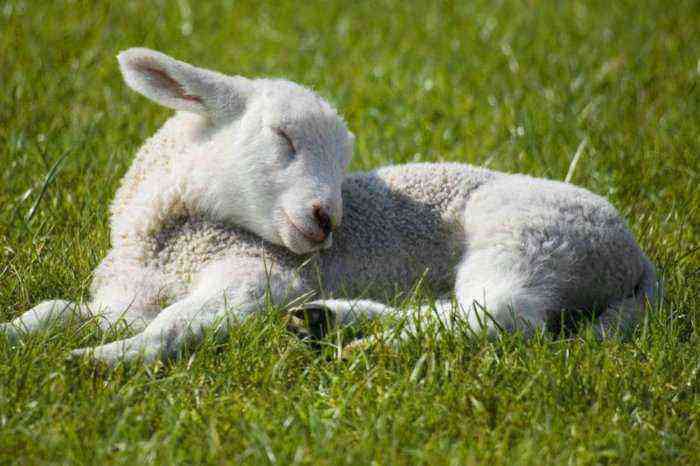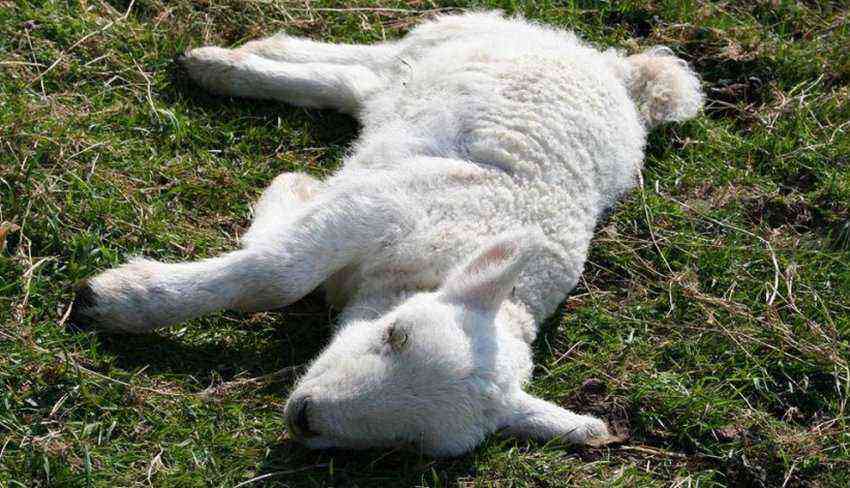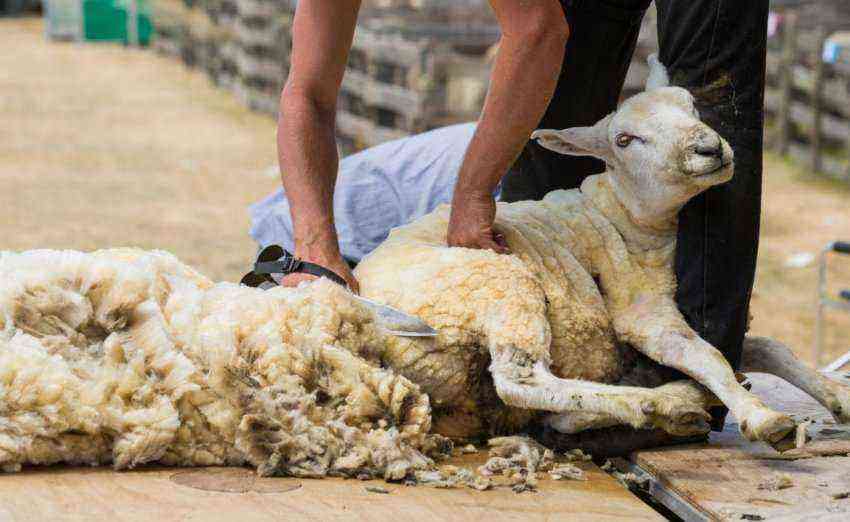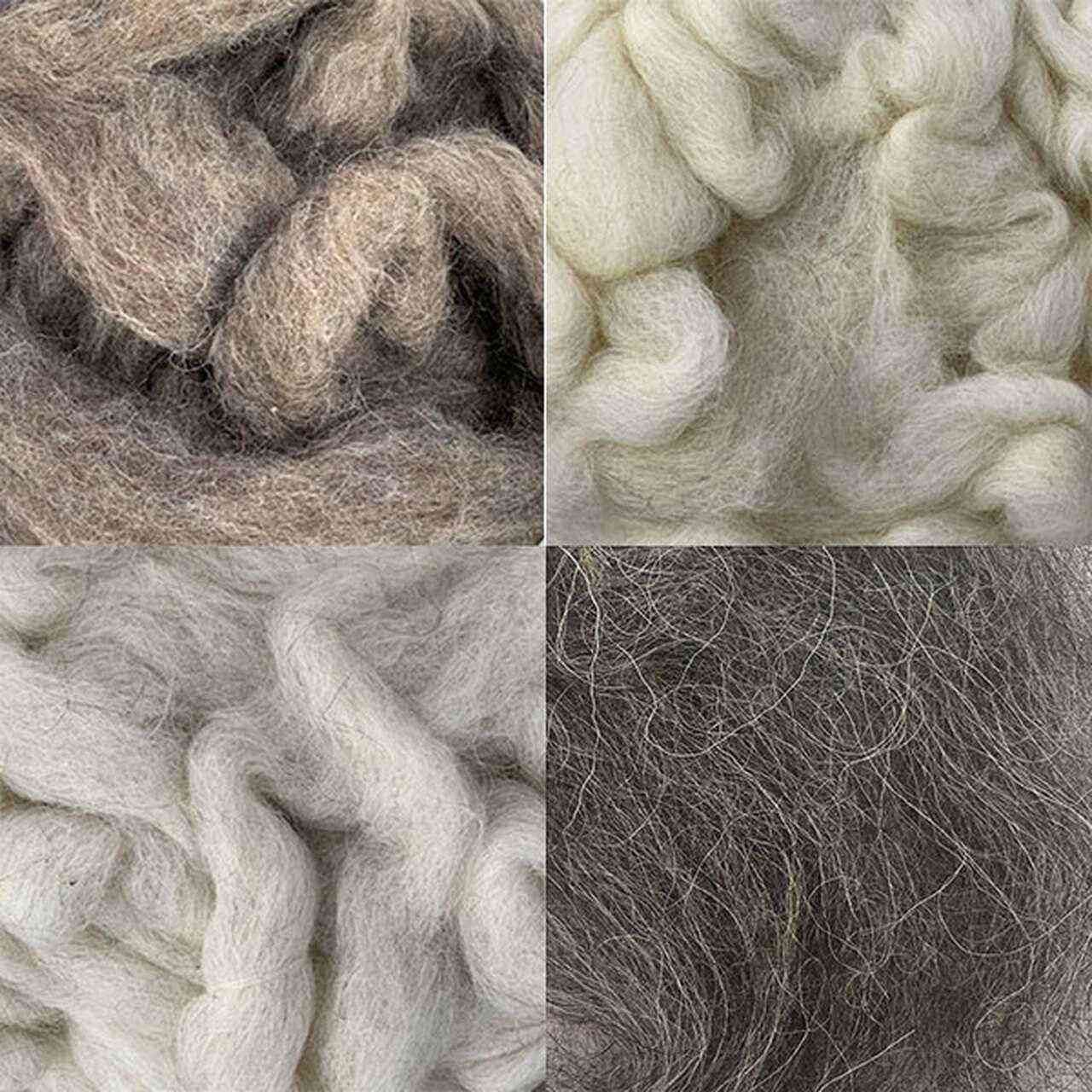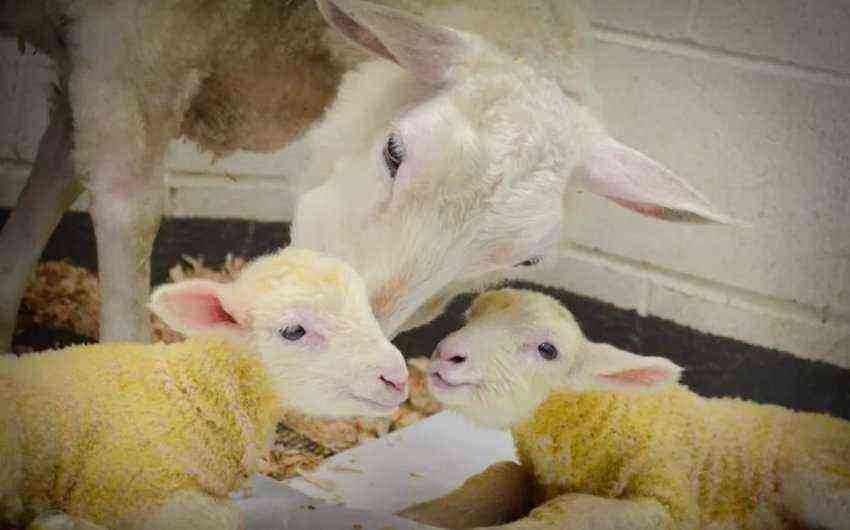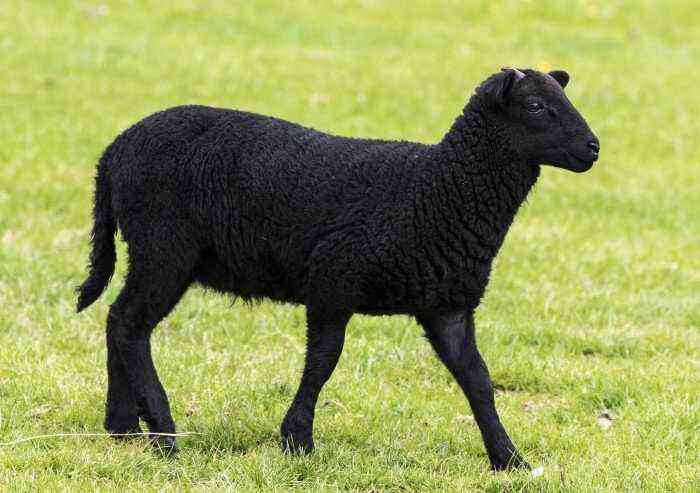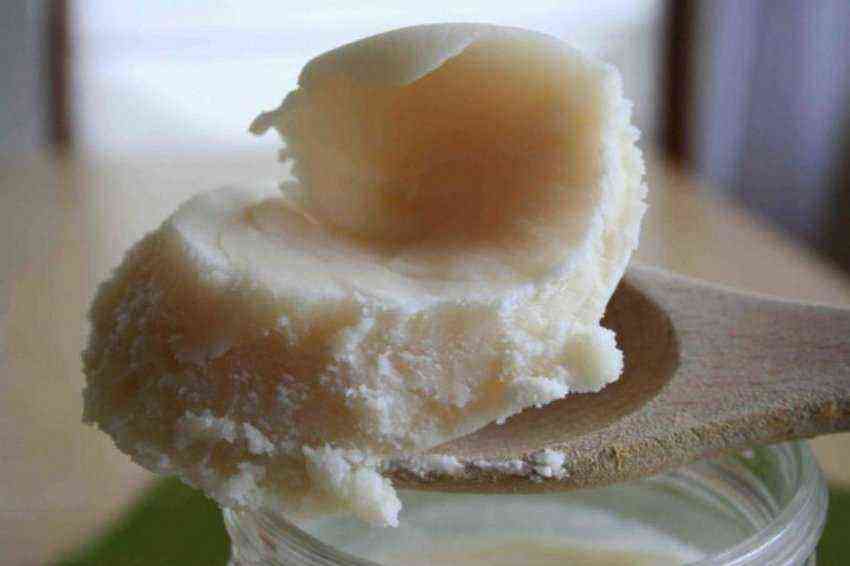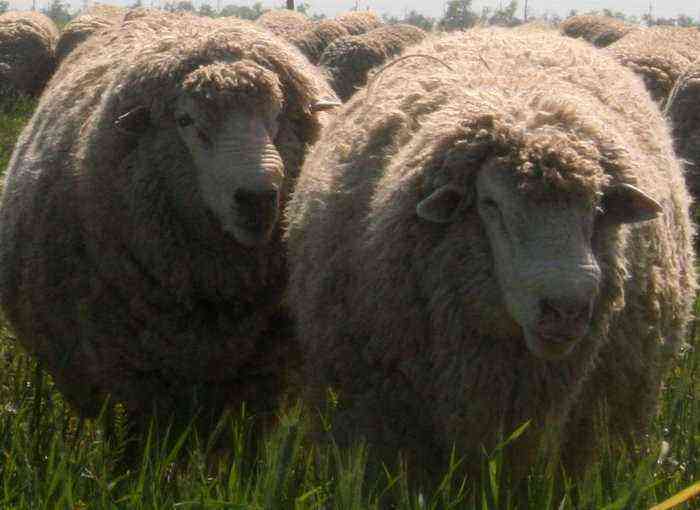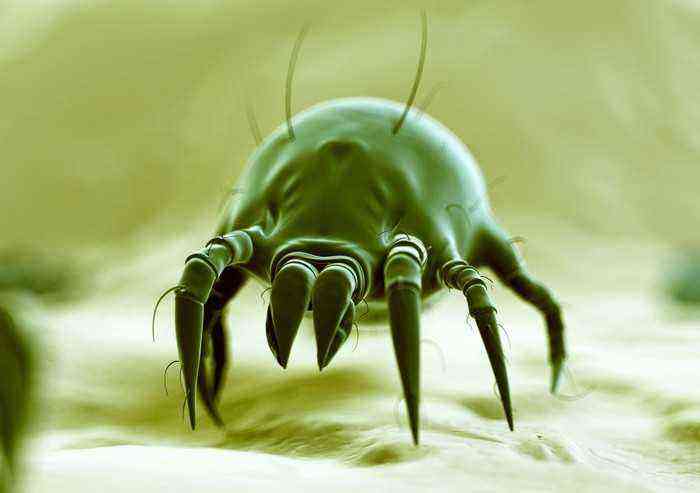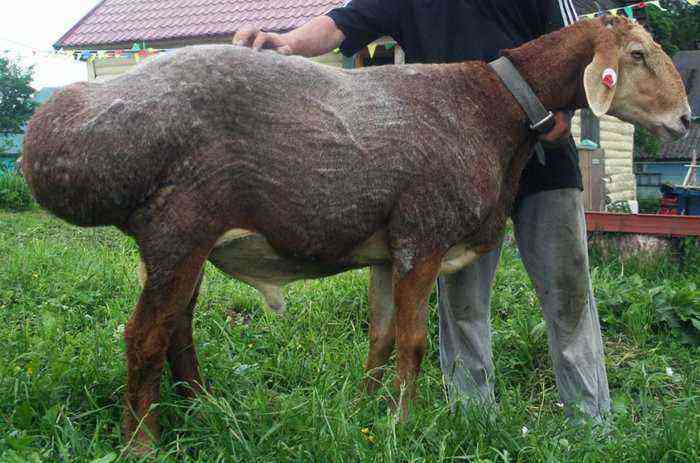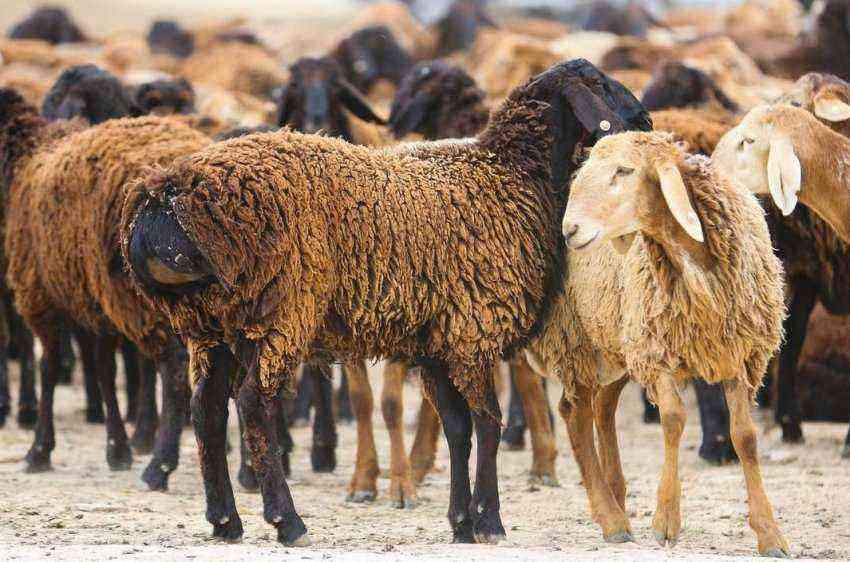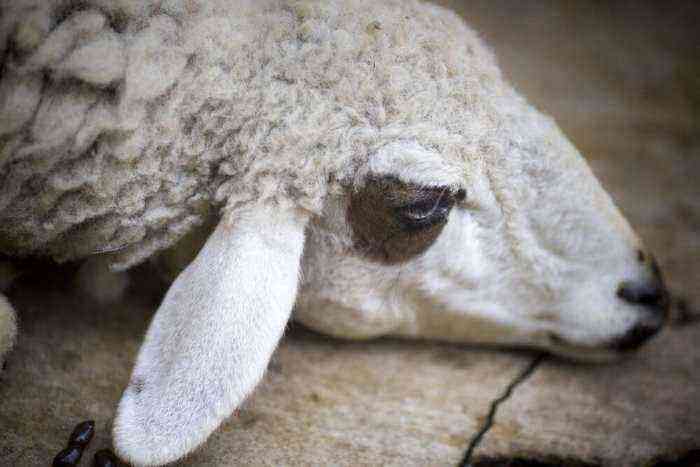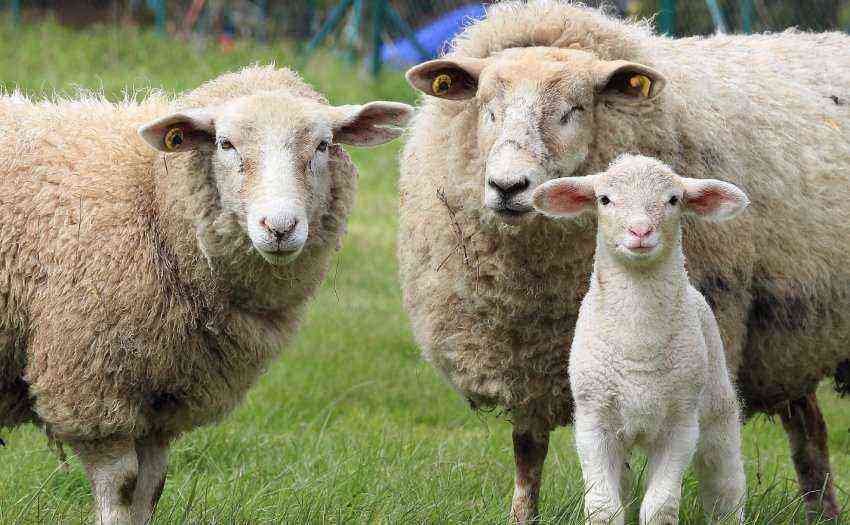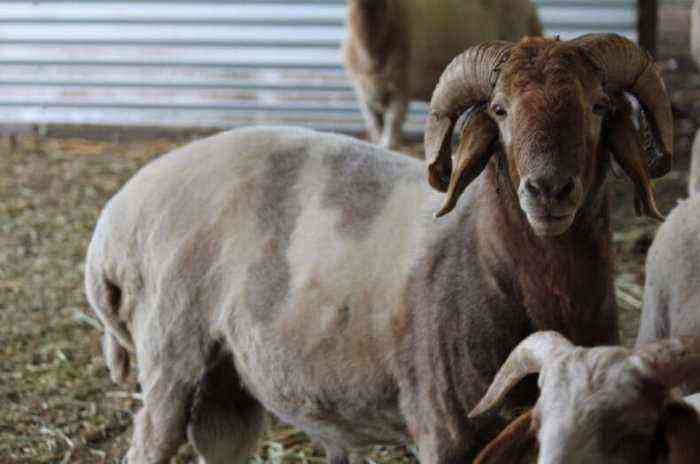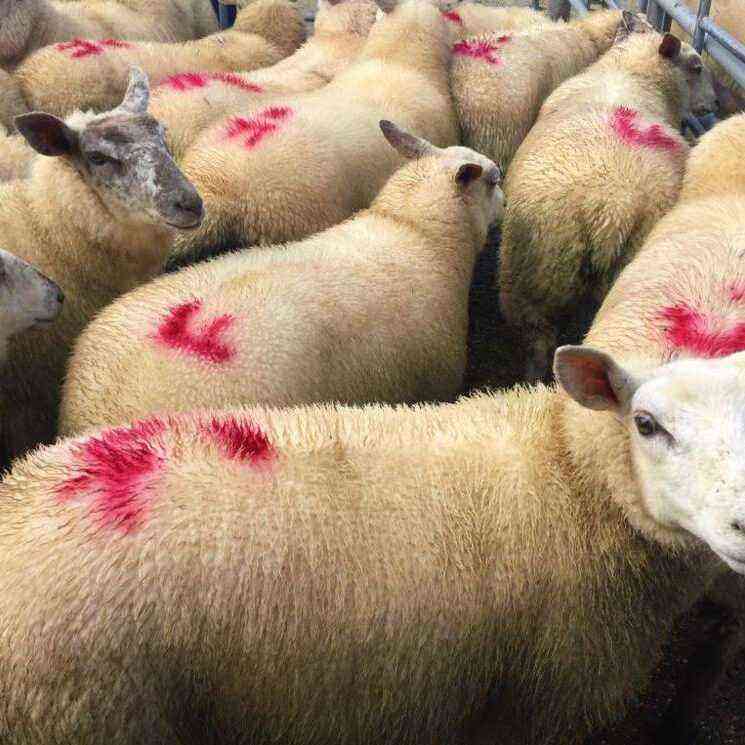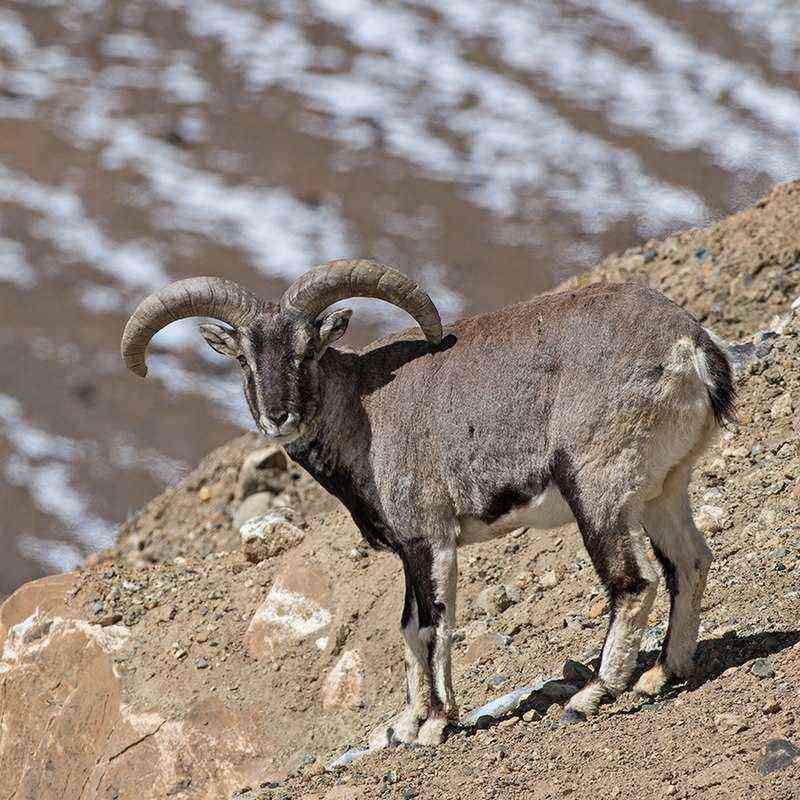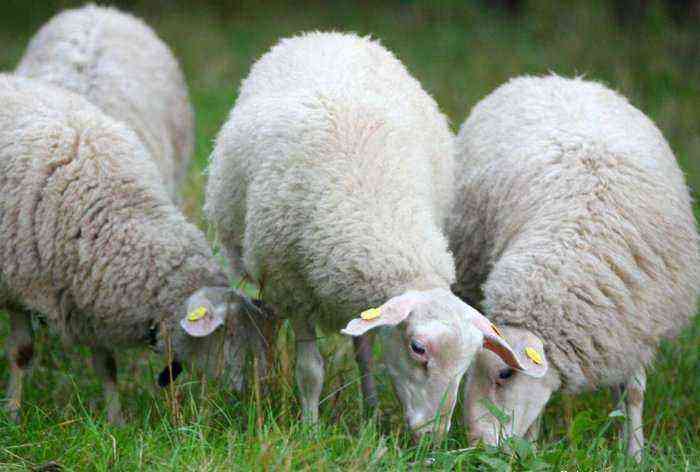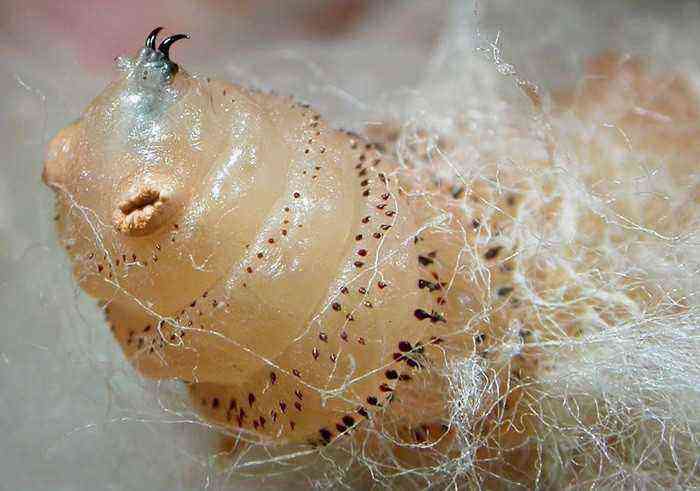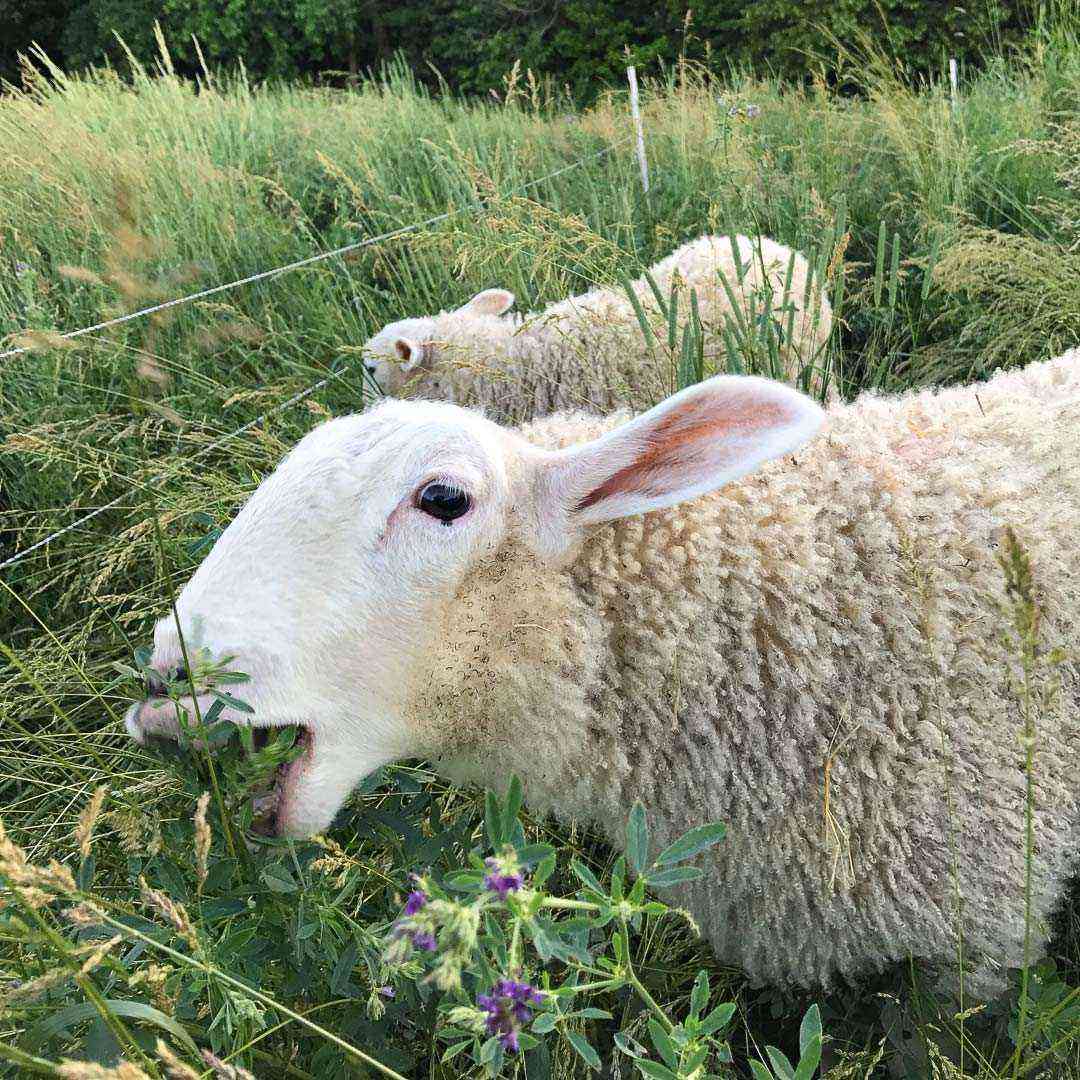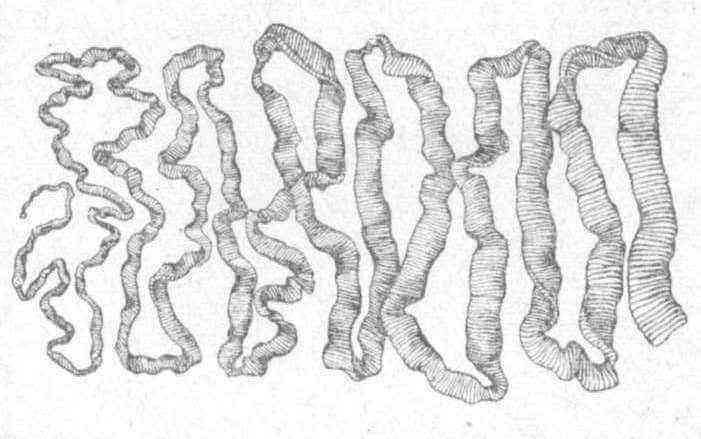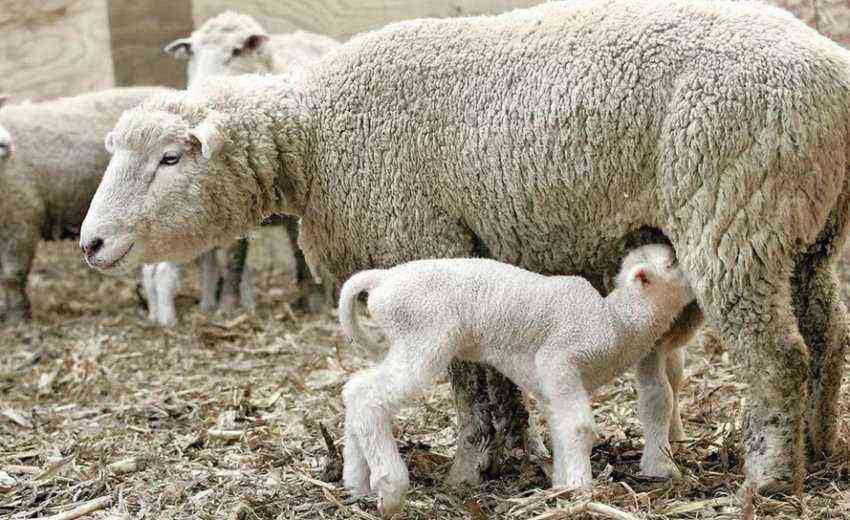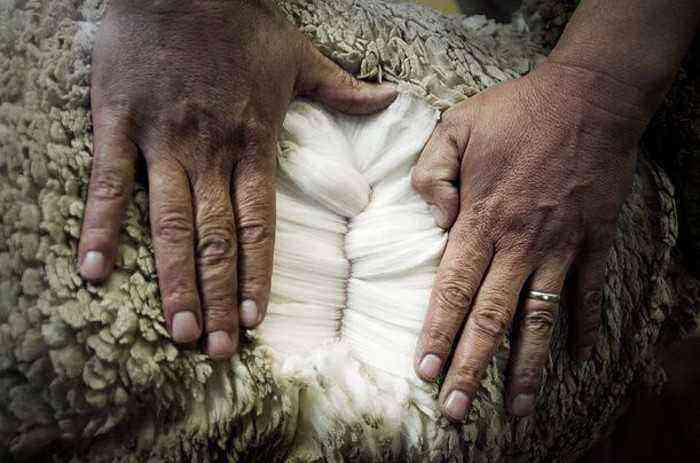In many countries, breeding and raising sheep is becoming a popular activity. Such a hobby cannot be called easy and simple. It will be quite difficult for a novice farmer to gather his thoughts and think through all the nuances regarding the care, maintenance and breeding of sheep.
How to raise sheep without walking
Many argue that raising sheep should take place in the fresh air and open space. Grazing is their only food option. This is far from the case, because with the help of a properly equipped stall or a whole sheepfold, you can also achieve a good result.
First of all, it is worth deciding on a few points:
- how many livestock will be kept;
- choose the best breed option;
- calculate the volume of prepared feed;
- offspring speed.
Important! A normal average sheep eats about 2 kg of dry hay per day.
Depending on which breed is chosen, the entrepreneur will benefit. In general, species with high productivity of wool, milk and meat are selected. Modern technology and science have made it possible to breed and grow breeds that grow very quickly.
In order for the animal to grow indoors, you just need to constantly monitor its nutrition.. This is quite easy to do, because a preliminary calculation of the amount of hay for a certain period will avoid unpleasant situations during the maintenance period. In order for a sheep to grow and not need anything, only one condition is necessary – to properly equip a barn or a shed to hold them together, and be sure to include mowed pasture grass in the diet.
Features of the content
Often used such a phrase as “herd instinct”. This is true, because sheep often have whole flocks, since the animal will not be able to get anywhere on its own because of its forgetfulness. The room in which the sheep should be located must be correctly calculated in size.
Based on the situation and allowing conditions, there are four options for keeping sheep:
- pasture;
- stand;
- pasture-stall;
- stall-pasture.
The stall option is often used by those farmers who are limited in space. The presence of a sufficient amount of feed will also allow you to fully grow any livestock.
Important! For a comfortable stay in the barn of one sheep, it is worth providing 3 m².
For this method, it is necessary to provide rooms for feeding and walking and fodder areas.
A flock of sheep is normal. They feel comfortable under such conditions.
young growth
Depending on the age, the sheep needs special care. Perhaps the most whimsical in care is the young. It is this period that is dangerous for the animal with various diseases. Such animals do not tolerate drafts and dampness, because they immediately begin to get sick. It is quite possible to avoid this if you initially take care of the proper arrangement of the corral. The stall must be clean and warm.
adults
For adults, clean fresh air is important, so barn planning must be appropriate. Keeping sheep in a stall is a little difficult, because they need constant care and attention.
It is also necessary to distinguish between adult rams, single and pregnant females. Their diet must be balanced and stable. A sharp change from grass to dry hay or vice versa will adversely affect their health.
Did you know? Sheep gestation period — 152 days. Usually one or two lambs are born. In special breeds, up to 4 individuals can be born at a time.
Lambs
After the birth of a lamb, it should be left with its mother for at least 3-4 months. This is very important, because it is during this period that the young organism is vulnerable to viruses and bacteria. If weaned sooner, then it can affect their health.
It is possible to prevent such an outcome, for this it is worth remembering three things that will indicate possible diseases of the young:
- the appearance of weakness and lethargy in individuals;
- poor appetite;
- the presence of an unpleasant odor in the room where they are located.
Important! In winter, a lamb that has been weaned from the uterus needs special care and attention, as well as a constant temperature in the room.
Advantages and disadvantages of stall keeping
Each type of sheep keeping has its advantages and disadvantages.
- If we consider in more detail the stall content, then its disadvantages include:
- Additional expenses for the purchase of food. If a sheep is constantly in a closed space, not on a pasture, then, naturally, she needs a constant full-fledged diet.
- Monotony. While grazing animals on pastures, they are constantly moving, which means they are active.
- The emergence of obesity. If the pet is limited in movement, then a layer of fat may form in it, which will certainly affect the quality of the meat – spoil the smell.
- The condition of the hooves of animals is deteriorating.
- Individuals that do not walk regularly lose their activity and appetite.
- In addition to the disadvantages, there are also a number of advantages:
- A complete diet, constantly controlled by the owner. A balanced diet will eliminate spoiled additives, poor-quality food, etc.
- The quality of the meat is much higher. The ram will soon gain the necessary weight, because it will practically not move. The lamb will thus be juicy and tender when cooked.
- Pets in the stall content are healthy, as they are practically not exposed to infection with helminths, ectoparasites, etc.
- Practicality in terms of unpredictable weather conditions and cataclysms.
- The ability to cut clean and high-quality wool.
Important! In order for the maintenance of sheep to be as economical and fruitful as possible, it is necessary to combine the stall and pasture options together.
Koshara (sheepfold) equipment for stall keeping
If at first glance the arrangement of the barn seems to be an easy task, then this is far from being the case. In the workflow, it is necessary to take into account several facts that will allow the rams to feel comfortable. First of all, it is necessary to raise the floor above the ground by at least 20 cm and completely close up all the cracks that could create a draft. Only in such a room the animal will be fine. The optimal microclimate for adults is +8°C, for ewes – +17°C.
In the room where the flock will be, an unpleasant smell will certainly form, overflowing with ammonia, as well as hydrogen sulfide. To do this, all stalls are equipped with supply and exhaust ventilation. Also important is the lighting. A few windows for daylight are best. At night, fluorescent lamps and lamps are used. Water in the drinkers should be constantly, as this is very important. A layer of straw is laid on the floor of the barn.
Video: Shepherd’s device
Such methods allow:
- create optimal living conditions for sheep;
- keep them healthy;
- be sure to benefit from the content.
Important! The daily rate of water consumption for one individual is within 10 liters. The presence of water is essential.
Equipment for a covered canopy over a manger (feeding trough) in a paddock
Sheepfolds are built with the obligatory presence of a canopy. Such an accessory is required, since it will protect the livestock as much as possible in adverse weather. Also, with the help of such a device, the food will always be dry and clean, and this is very important for such individuals.
Preparing sheep for stall keeping: what to consider
Stalling is the cultivation of sheep at home, specialized sheepfolds or sheepfolds. Depending on what kind of livestock will be in the corral, they build specialized koshary (for animals of a separate group) or general (for different sex and age individuals). Before growing in a stall, you need to take care of some points.
First of all, a complete veterinary examination of each individual should be carried out. Deworming is mandatory. Such procedures are very important, since the health status of livestock is determined. Experienced sheep breeders also monitor the condition of the hooves. Sheepfolds are equipped with nursery-type feeders of a certain size so that each individual has access to food.
Important! The size of the feeder should be at least 25 linear cm for an adult animal and about 15 linear cm for a lamb.
Breeds of sheep suitable for stall keeping
Not all breeds are suitable for the stall type of keeping sheep. In order for the animal to feel comfortable in a closed space, it is necessary to familiarize yourself in detail with the features of each species.
There are several breeds of sheep for which the method of keeping does not play a role:
Calculation of the livestock and the area of the barn
To create the best variant of the koshara for a convenient location of sheep is the goal of every sheep breeder. It is necessary to observe the microclimatic conditions and norms for the head of the animal.
So that the animal is not constrained in movement, it is worth taking care of the correct distribution of the size of the room in relation to the number of livestock.
The area for each “age” is not the same.
For example, for one head:
- young growth – 0,7–1 m²;
- ewes – 2-3 m²;
- ram – 3 m².
Did you know? The average age of modern rams is 8 years. At the same time, such a period is far from the limit, since cases of a sheep’s life up to 20 years have been recorded.
If the dimensions are taken into account, the lighting is sufficient and the constant availability of feed and water, the sheep breeder will get a good result.
Diet and care of sheep
The diet for each sex and age group of sheep will be different. More details can be viewed in the table.
The norm for a lamb
Norm for young
The norm for an adult
Hay – 0,5 kg Hay – 1 kg Hay – 1–1,5 kg Vegetables and root crops – 0,5 kg Vegetables and root crops – 0,5 kg Vegetables and root crops – 1,5–2 kg Lick salt – plenty of salt – lick – plenty Salt-lick – plenty Compound feed – 0,5 kg Compound feed – 0,2 kg Compound feed – 0,5 kg
Sheep farming is not the easiest profession. With proper livestock management, the benefits will be enormous, because sheep produce milk, meat (lamb) and wool.
